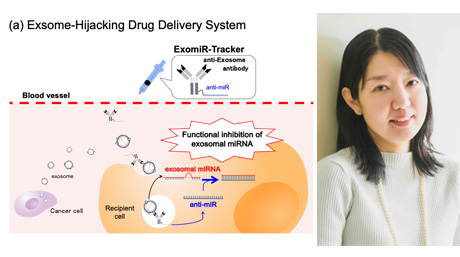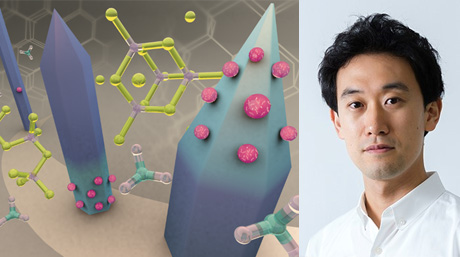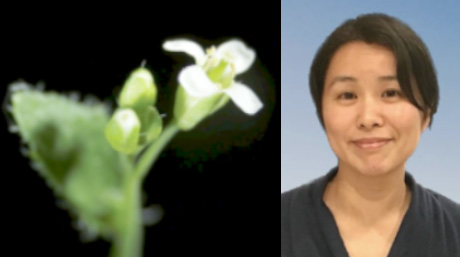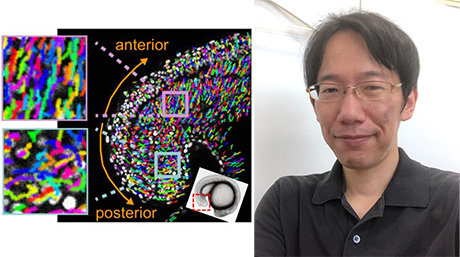Life Science and Technology News
【Labs spotlight】 Nobuhiro Nakamura Laboratory
Regulation of cell and tissue shape and function
The Department has a variety of laboratories for Life Science and Technology, in which cutting-edge innovative research is being undertaken not only in basic science and engineering but also in the areas of medicine, pharmacy, agriculture, and multidisciplinary sciences.
This "Spotlight" series features a laboratory from the Department and introduces you to the laboratory's research projects and outcomes. This time we focus on N.Nakamura Laboratory.

Areas of Supervision
Primary/Life Science and Technology
Associate Professor
Nobuhiro Nakamura![]()
| Degree | Ph.D. 2003, Tokyo Institute of Technology |
|---|---|
| Areas of Research | Molecular and Cellular Biology |
| Keywords | cardiomyogenesis; zebrafish; homeostasis; intracellular signaling; ubiquitination |
| Website | Nobuhiro Nakamura Laboratory |
Awards and Honors
| October, 2013 | Tokyo Tech Challenging Research Award |
|---|
Research interests
My laboratory has an interest in the molecular mechanism for ensuring structural and functional integrity of tissues and cells. My specific research interests focus on the regulation of intracellular signaling, which includes gene expression, signal transduction, and post-translational modification (e.g., ubiquitination). At present, my laboratory has three main projects:
1) Roles of the GPR116 receptor in the lung homeostasis and diseases.
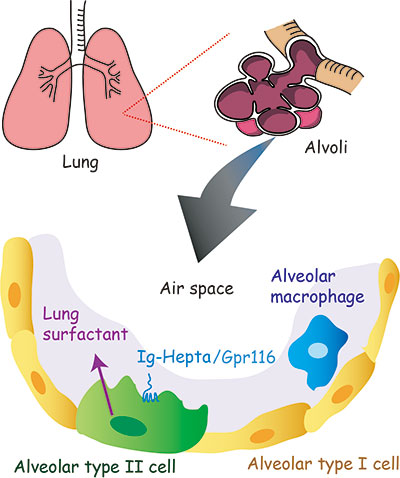
We have identified an orphan G protein-coupled receptor GPR116 which is expressed in the lung. To know the physiological role of GPR116, we generated GPR116-knockout (KO) mice. We found that GPR116 deletion causes abnormal accumulation of pulmonary surfactant in the alveoli. Pulmonary surfactant is a lipid/protein complex that covers the alveoli to increase lung compliance and decrease surface tension (thereby preventing lung collapse). We also found that GPR116 is present in the alveolar cells that produce pulmonary surfactant. Thus, we hypothesized that GPR116 may act as a "sensor" monitoring the levels of pulmonary surfactant and regulate the surfactant synthetic pathway. We are interest in a) what is the ligand of GPR116 and b) the signaling pathway to regulate surfactant homeostasis.
2) The molecular mechanism of heart development.
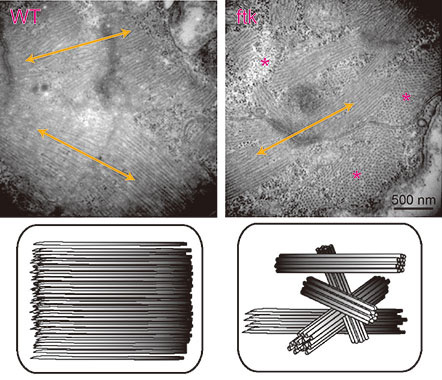
The heart is composed of cardiomyocytes that contain numerous myofibril in parallel alignment. This myofibril structure is critical for muscle contraction and heart development, but it is unknown about how this parallel alignment is organized and maintained. This is an important issue because several heart diseases with disorganized myofibril, such as congenital heart disease, are of uncertain cause and intractable. We have the unique mutant zebrafish (a kind of tropical fish) with disorganized myofibril and heart failure. This abnormality results from a genetic mutation into the connexin gene, which encode an ion-channel-like protein (Cx36.7). We hypothesize that Cx36.7 mediates intracellular signaling to promote myofibril formation by regulating the gene expression involved in this process. We are studying to identify a) the molecules responsible for Cx36.7-mediated signaling and b) the genes responsible for myofibril formation.
3) The ubiquitination and deubiquitination system in membranous cellular organelles.
It is well known that ubiquitination, a post translational protein modification, has various important roles in protein degradation, membrane trafficking, signal transduction, cell proliferation and differentiation etc. We are interest in the ubiquitinating/deubiquitinating enzymes with transmembrane regions because they are localized specifically to certain organelles and maintain the organelle function and morphology. In past, we showed that several ubiquitinating/deubiquitinating enzymes participate in controlling intracellular transport, mitochondria morphology, protein quality control, and sperm development. We are trying to uncover the physiological functions of yet-uncharacterized enzymes.
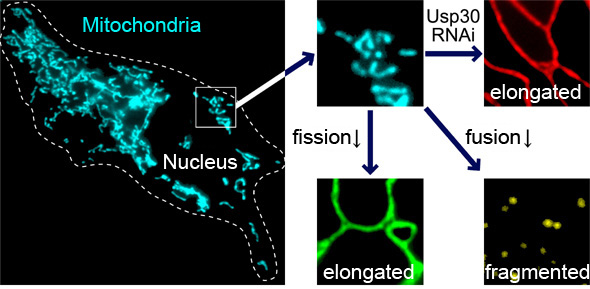
Research findings
Selected publications
- 1.Miyagi H, Nag K, Sultana N, Munakata K, Hirose S & Nakamura N. (2016) Characterization of the zebrafish cx36.7 gene promoter: its regulation of cardiac-specific expression and skeletal muscle-specific repression. Gene 577, 265-274
- 2.Ariestanti DM, Ando H, Hirose S & Nakamura N. (2015) Targeted disruption of Ig-Hepta/Gpr116 causes emphysema-like symptoms that are associated with alveolar macrophage activation. J. Biol. Chem. 290, 11032-11040
- 3.Nakamura N, Harada K, Kato M & Hirose S. (2014) Ubiquitin-specific protease 19 regulates the stability of the E3 ubiquitin ligase MARCH6. Exp. Cell Res. 328, 207-216
- 4.Fukuzawa T, Ishida J, Kato A, Ichinose T, Ariestanti DM, Takahashi T, Ito K, Abe J, Suzuki T, Wakana S, Fukamizu A, Nakamura N & Hirose S (2013) Lung surfactant levels are regulated by Ig-Hepta/GPR116 by monitoring surfactant protein D. PLOS One 8, e69451
- 5.Zhao B, Ito K, Iyengar PV, Hirose S & Nakamura N. (2013) MARCH7 E3 ubiquitin ligase is highly expressed in developing spermatids of rats and its possible involvement in head and tail formation. Histochem. Cell Biol 139, 447-460
- 6.Han SO, Xiao K, Kim J, Wu JH, Wisler JW, Nakamura N, Freedman NJ & Shenoy SK.(2012) MARCH2 promotes endocytosis and lysosomal sorting of carvedilol-bound β2-adrenergic receptors. J. Cell Biol. 199, 817-830
- 7.Iyengar PV, Hirota T, Hirose S & Nakamura N. (2011) Membrane-associated RING-CH 10 (MARCH10 protein) is a microtubule-associated E3 ubiquitin ligase of the spermatid flagella. J. Biol. Chem. 286, 39082-39090
- 8.Saito K, Nakamura N, Ito Y, Hoshijima K, Esaki M, Zhao B & Hirose S. (2010) Identification of zebrafish FXYD11a protein that is highly expressed in ion-transporting epithelium of the gill and skin and its possible role in ion homeostasis. Front. Physiol. 1, 129
- 9.Nakamura N & Hirose S. (2008) Regulation of mitochondrial morphology by USP30, a deubiquitinating enzyme present in the mitochondrial outer membrane. Mol. Biol. Cell 19, 1903-1911
- 10.Nakamura N, Kimura Y, Tokuda M, Honda S & Hirose S. (2006) MARCH-V is a novel mitofusin 2- and Drp1-binding protein able to change mitochondrial morphology. EMBO Rep. 7, 1019-1022
Contact
Associate Professor Nobuhiro Nakamura
Room 720, B2 building, Suzukakedai campus
E-mail : nnakamur@bio.titech.ac.jp
*Find more about the lab and the latest activities at the lab site![]() .
.
*May 1, 2025:Some of the content has been updated with the latest information.

